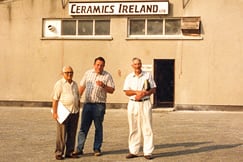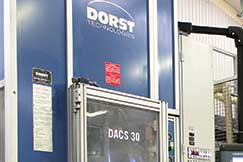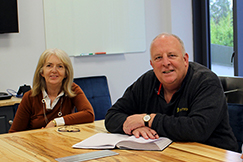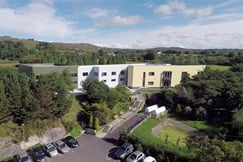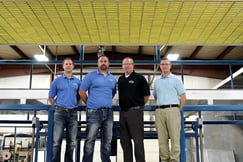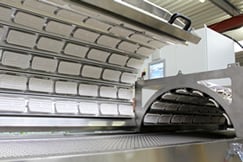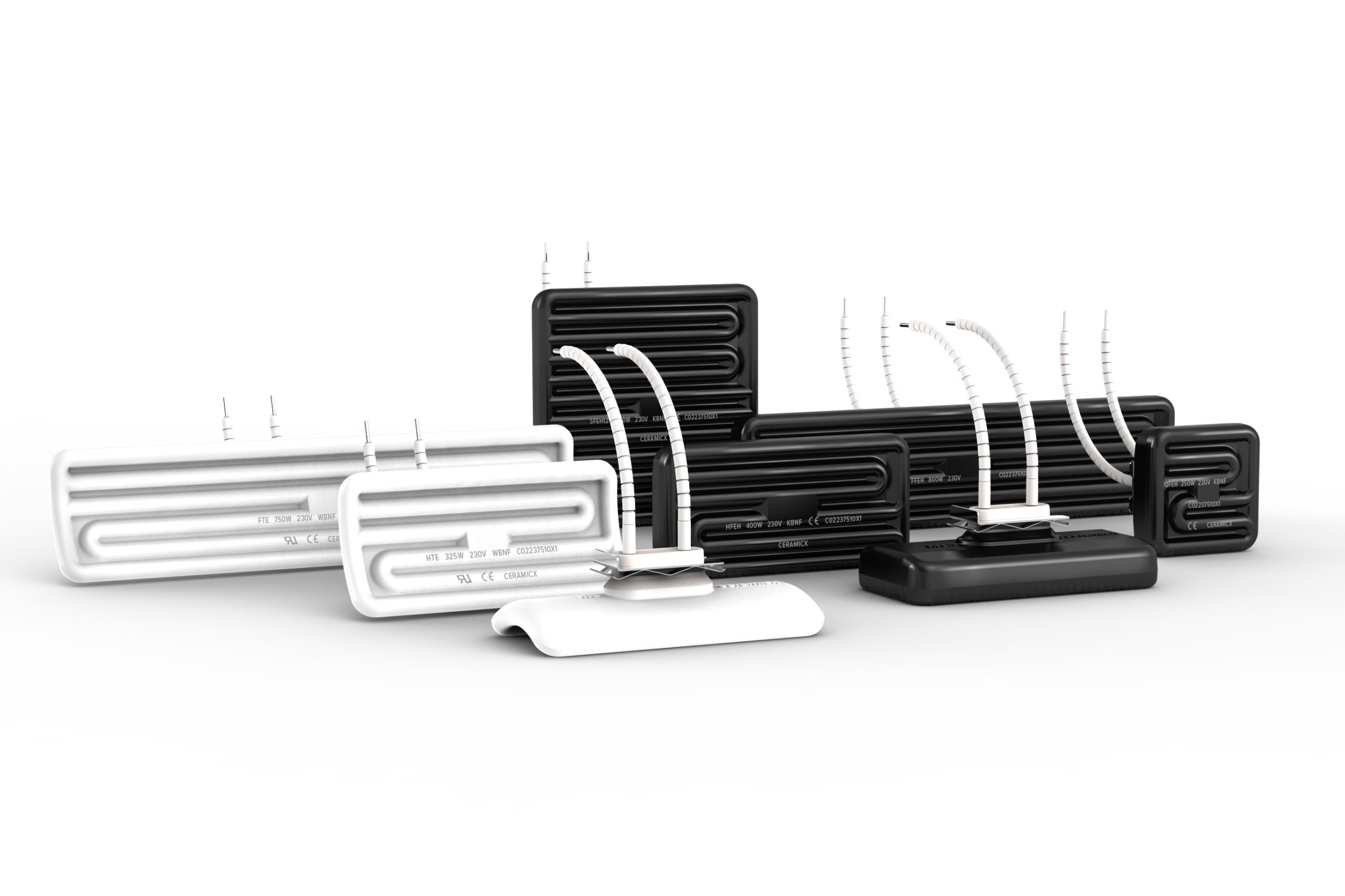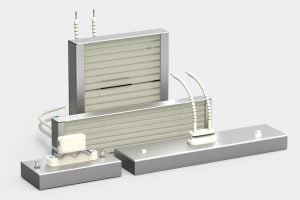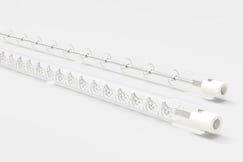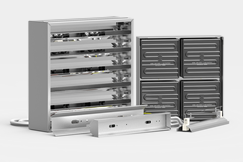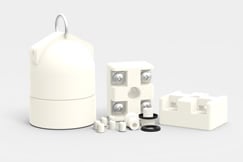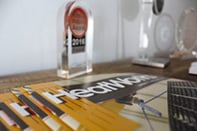- Infrared energy can be harmful: Myth. Infrared energy is naturally occurring from the sun, travelling to the earth in wavelengths, and absorbed by all objects. Every object emits and absorbs infrared naturally without harmful effects – even us.
- Infrared radiation is heat: Myth. Infrared radiation is electromagnetic energy that can be used to generate heat.
- An infrared system is only concerned with heating: Myth. There are three considerations when dealing with infrared: Absorption, Reflection, and Transmission. Infrared systems emit electromagnetic energy and an effective infrared system will deal with these 3 issues as efficiently as possible.
- To control temperature is to adequately control an infrared emitter: Myth. Radiation is generated by source temperature. The adjustment of temperature changes the infrared wavelength, hence the reason systems operate within a waveband output and not a wavelength output.
- Infrared absorption of a target material is dictated by a single spectral analysis at ambient e.g. 20ºC: Myth. The spectral analysis and spectral absorption characteristics change as the target material temperature changes. It’s important to consider the use of waveband rather than wavelength to ensure the infrared output from an emitter or system is capable of meeting the spectral absorption characteristics of the material.
- Emitters can be set at full values without thermocouple watch control: Myth. There’s a significant difference between starting the emitters (heaters) at an ambient temperature e.g. 20ºC and starting emitters in an ambient temperature of 400ºC. Turning on the heater at higher ambient values could result in burn out of the emitter.
- The design and manufacture of infrared ovens, oven controls, and the application variables are separate, independent, components of an infrared system: Myth. All of these are important elements/components. They’re essential to each other in order to create effective and successful heat work process.
- Temperature control systems can typically set the performance of infrared systems: Myth. This method of operation is a poor way to control radiation because temperature and % control are not developed with radiation in mind. However, these are the current and typical choices available – but should be used advisedly.
- Infrared emitters can be used like furnace elements: Myth. The materials used to build effective infrared emitters don’t lend themselves to being used in a furnace-like environment. If used in this way, the transmission, absorption, and reflection, together with the resulting directional qualities, are not being adequately dealt with and will lead to heat up and burn out of the emitters.
- Radiation can be treated in a similar fashion to conduction and convection: Myth. There are no circumstances where conduction and convection are comparable to radiation. These are three separate methods of heat transfer that do not relate to one another in any way.
- Environmental conditions, such as weather, have no impact on the use of Infrared: Myth. These have a huge impact. The conditions of the surroundings, such as humidity, will have a big effect on the transfer of infrared radiation.
For further information on our infrared heating products, please contact your local distributor.
Our main distributer in Germany is Friedr. Freek GmbH where detailed information on their infrared heating products can be found.

